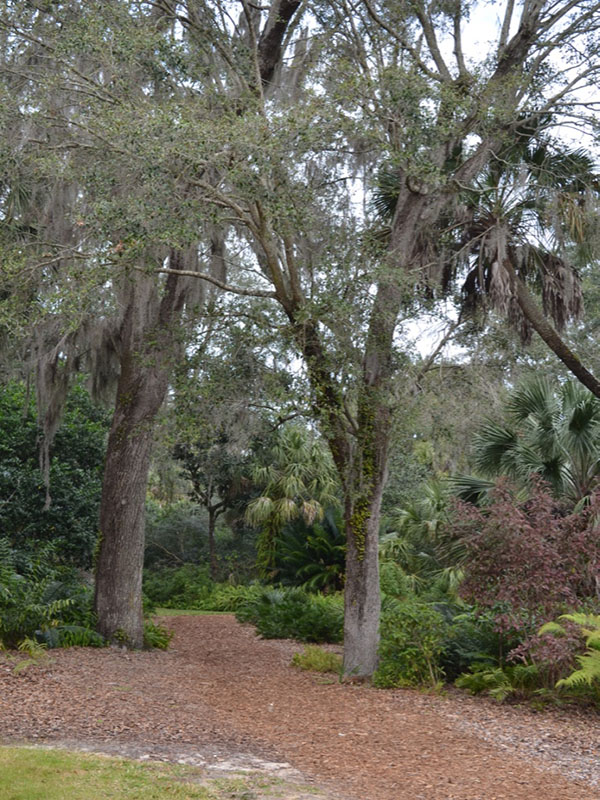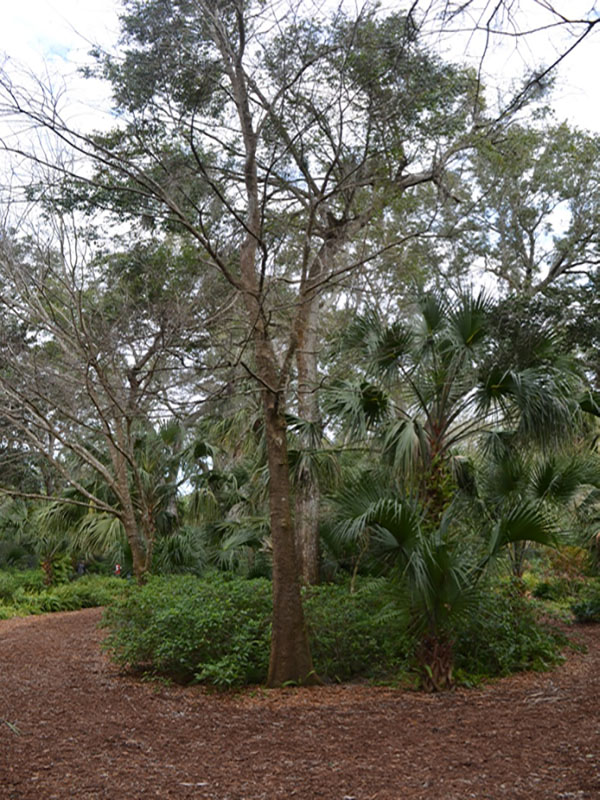
Woody > Celtis > Celtis laevigata > Celtis laevigata
Celtis laevigata
Sugarberry, Sugar Hackberry
Origin: Native to the southeastern United States of America, in addition to adjacent states from Texas to Kentucky, and northeastern Mexico.
| Family |
| Cannabaceae (Ulmaceae) |
| Genus |
| Celtis |
| Species |
| laevigata |
| Category |
| Woody |
| Type |
| Tree (deciduous) |
| USDA Hardiness Zone |
| 5a to 10b |
| Canadian Hardiness Zone |
| 6 - 11 |
| RHS Hardiness Zone |
| H7 - H3 |
| Temperature (°C) |
| - 40 |
| Temperature (°F) |
| - 40 |
| Height |
| 20 - 22 m |
Photographs
Description and Growing Information
Flowering Period
| General Description |
| This very large, broad, fast growing deciduous tree has a rounded vase-shaped crown with spreading, pendulous branches. |
| Landscape |
| Woodlands and as specimen plant. |
| Cultivation |
| Grow in full to partial sun, tolerant of a variety of soils including clay, sand, loam, alkaline, acidic and well-drained. It is also tolerant of extended flooding, salt and drought. Some pruning may be necessary when the trees are young, to prevent the formation of weak, branch crotches. |
| Shape |
| Upright, arching branches with a rounded, spreading crown. |
| Growth |
| Fast |
| ID Characteristic |
| The tiny, berry-like, sweet fruit attract many birds. The plant can form large surface roots. Leaves have a longer, slenderer apex than Celtis occidentalis. |
| Pests |
| Trunk rot, leaf spot, and witches broom. |
| Bark/Stem Description |
| Lightly ridged bark is tan when young, turning grey at maturity. |
| Leaf Description |
| Smooth, oval leaves, with serrated margins are light green (light green adaxial, pale green abaxial). Leaf blade length varies from 2.5 to 15 cm. |
| Flower Description |
| Not showy; emerges singly or in clusters at leaf axils, greenish to white, bloom time is early spring with leaf emergence. |
| Fruit Description |
| One centimetre round shape, orange to red colour, turning deep purple when mature in the autumn. The sweet berries are eaten by birds, who in turn disperse the seeds. |
| Texture Description |
| The medium-textured, light green leaves turn bright yellow in autumn. |
| Notable Specimens |
| Bok Tower Gardens, Lake Wales, Florida, United States of America. |
| Ethnobotanical Uses (Disclaimer) |
| The wood is used in much the same way as the elm tree (Ulmus spp.) in the lumber industry for plywood, furniture and veneer. |
References
Koeser, A. K., Hasing, G., Friedman, M. H., and Irving, R. B. 2015. Trees: North & Central Florida. Gainesville: University of Florida Institute of Food and Agricultural Sciences.


